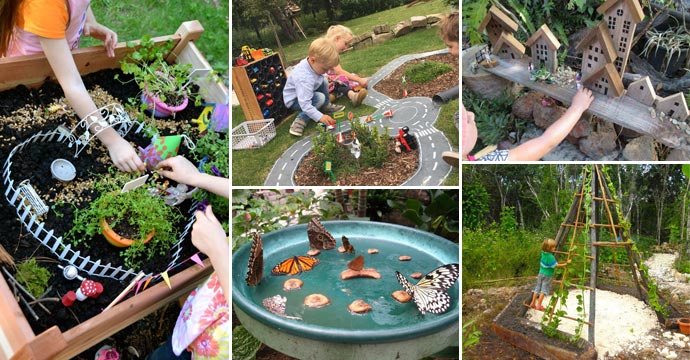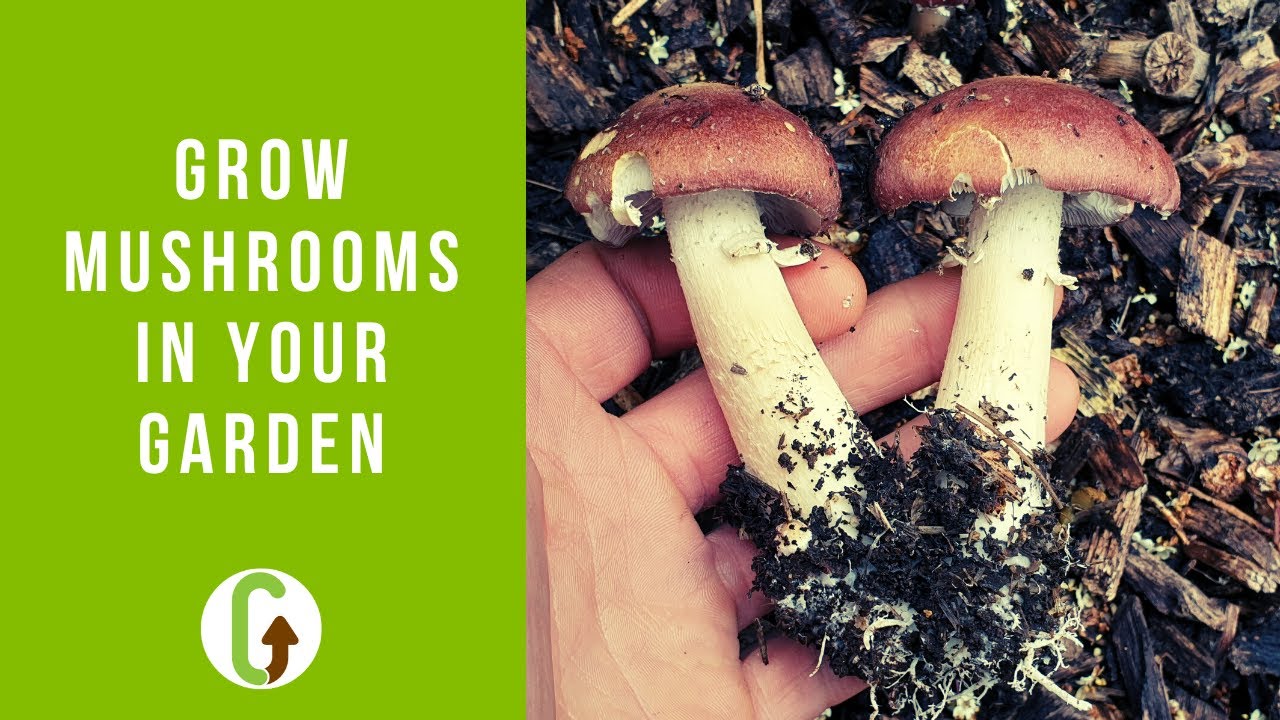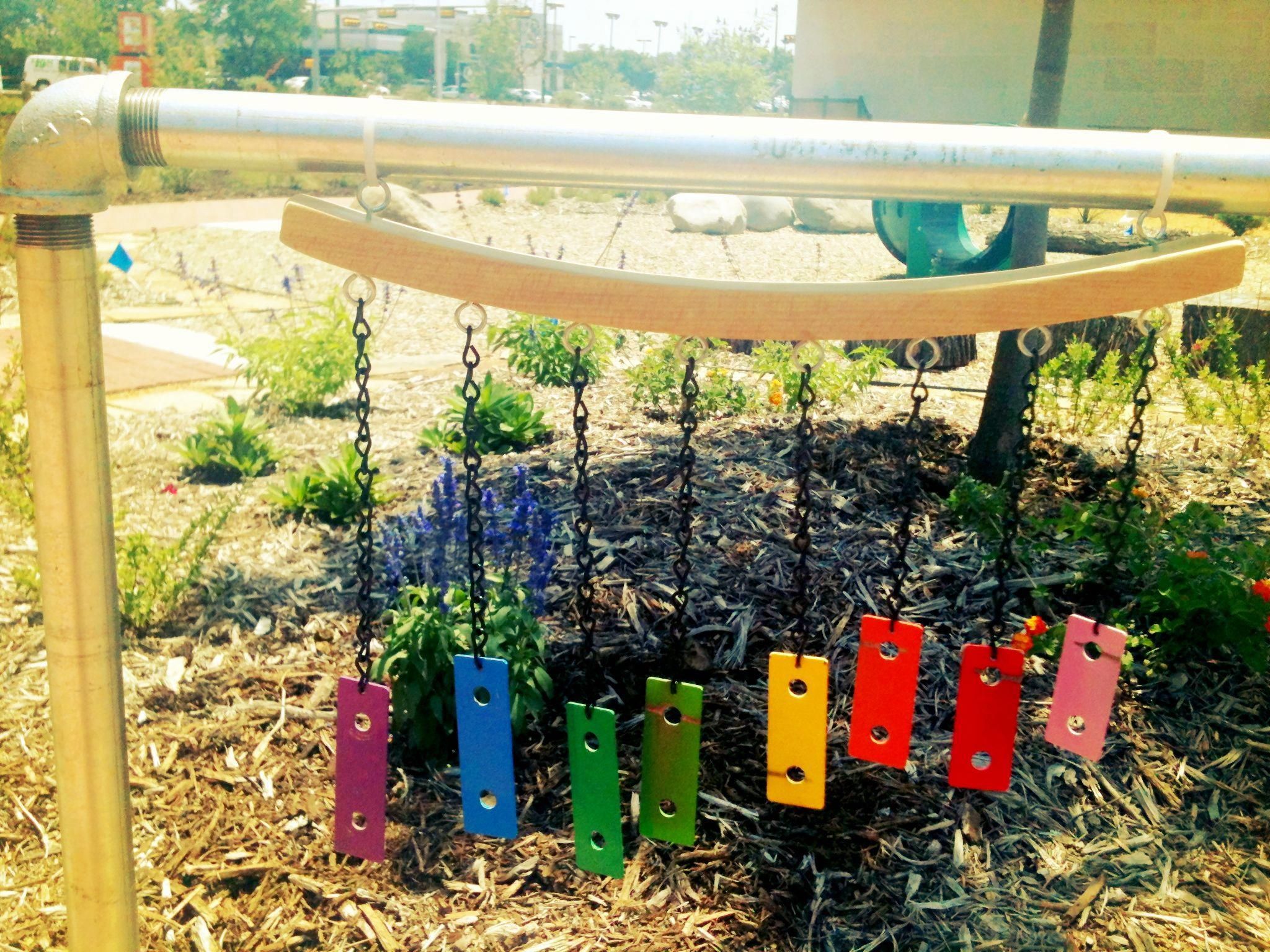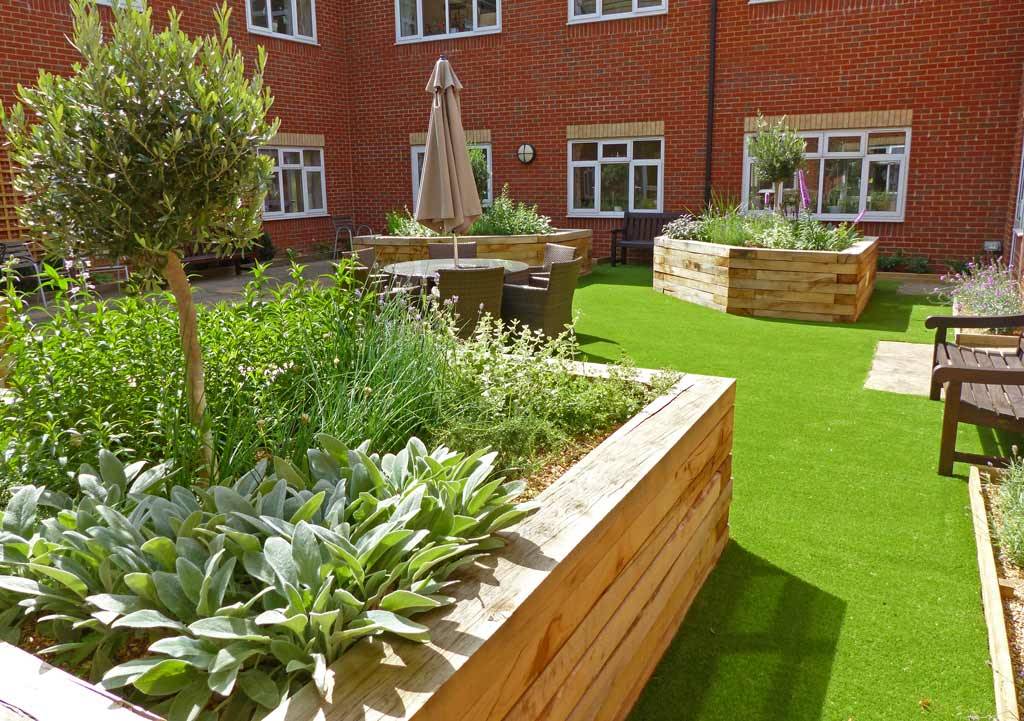
Gardening with children is a fantastic way to nurture their curiosity, teach them about the natural world, and instill a love for fresh, healthy food. It’s an activity that combines hands-on learning with the joy of watching something grow from a tiny seed into a vibrant plant. But where do you begin? This article is packed with children’s gardening project ideas, designed to spark their interest and get them digging in the dirt with enthusiasm. We’ll explore projects suitable for various ages, from simple seed starting to more involved garden designs. Get ready to cultivate a love for gardening in your little ones!
Why Gardening with Children is a Wonderful Idea
Before diving into specific projects, let’s explore the compelling reasons why gardening with children is so beneficial:
- Educational Opportunities: Gardening offers a wealth of learning experiences. Children can learn about plant life cycles, the importance of sunlight and water, the role of insects, and the science behind growing food.
- Sensory Exploration: Gardening is a sensory feast! Kids can feel the soil between their fingers, smell the herbs, taste the fruits and vegetables they grow, and observe the colors and textures of different plants.
- Healthy Eating Habits: Growing their own food can encourage children to try new fruits and vegetables. They’re often more willing to eat something they’ve helped cultivate.
- Patience and Responsibility: Gardening teaches patience. Children learn that plants take time to grow and require consistent care. They also develop a sense of responsibility by tending to their plants.
- Physical Activity: Gardening is a great way to get kids moving and enjoying the outdoors. It involves digging, planting, watering, and weeding – all excellent forms of exercise.
- Stress Relief: Connecting with nature can be incredibly therapeutic for children. Gardening provides a calming and relaxing activity that can help reduce stress and anxiety.
- Family Bonding: Gardening is a wonderful activity to share with your children. It provides opportunities for quality time, shared experiences, and creating lasting memories.
Getting Started: Tips for Gardening with Kids
Gardening with children is a rewarding experience, but it’s essential to approach it with a little planning and preparation. Here are some helpful tips:
- Choose Age-Appropriate Projects: Select projects that are suitable for your child’s age and abilities. Toddlers might enjoy helping with watering, while older children can handle more complex tasks like planting and weeding.
- Start Small: Don’t overwhelm yourselves with a massive garden right away. Begin with a small, manageable space, such as a raised bed, a container garden, or even just a few pots.
- Involve Your Child in the Planning: Let your child help choose the plants they want to grow. This will increase their enthusiasm and investment in the project.
- Provide Kid-Friendly Tools: Invest in child-sized gardening tools, such as a trowel, a hand rake, and a watering can. These tools are easier for children to handle and make gardening more enjoyable.
- Create a Dedicated Gardening Space: Designate a specific area in your garden for your child’s projects. This could be a small raised bed, a section of a larger garden, or even a sunny windowsill.
- Make it Fun: Gardening should be an enjoyable experience. Incorporate fun activities, such as singing gardening songs, creating garden art, and having picnics in the garden.
- Be Patient: Gardening takes time and effort. Be patient with your child and celebrate their successes, no matter how small.
- Teach About Sustainability: Introduce concepts like composting, water conservation, and using organic methods to protect the environment.
- Safety First: Always supervise children while gardening. Teach them about the safe use of tools and the importance of wearing gloves and sunscreen.
Children’s Gardening Project Ideas: A Variety of Options
Now, let’s explore a range of children’s gardening project ideas, from simple to more advanced. These projects are designed to cater to different ages and interests.
1. Easy Seed Starting Projects
Starting seeds indoors is a fantastic way to introduce children to the magic of plant growth. It’s also a fun activity that can be done year-round, regardless of the weather.
- Bean Sprouts in a Jar: This is a super simple project for young children. All you need are dried beans (such as pinto beans or kidney beans), a jar, and some water. Soak the beans overnight, then drain them. Place the beans in the jar and rinse them with water twice a day. Within a few days, you’ll see sprouts!
- Fast-Growing Seeds: Choose seeds that germinate quickly, such as radishes, lettuce, or sunflowers. Plant the seeds in small pots or containers filled with potting mix. Water them regularly and watch them sprout within a week or two.
- Seed Tape: Seed tape is a convenient way to plant small seeds, such as carrots or lettuce. The seeds are already spaced out on a biodegradable tape, making it easy for children to plant them evenly.
- Eggshell Seedlings: Use eggshells as mini-pots to start seeds. Carefully crack the top of an eggshell, rinse it out, and fill it with potting mix. Plant a few seeds in each eggshell and watch them grow. Once the seedlings are ready to be transplanted, you can plant the whole eggshell (it will decompose in the soil).
2. Container Gardening Adventures
Container gardening is a great option for children, especially if you have limited space or live in an apartment. It’s also a fun way to experiment with different types of plants.
- Herb Garden: Plant a variety of herbs, such as basil, mint, oregano, and chives, in pots. Herbs are easy to grow and can be used in cooking, which can be a fun way to get kids involved in the kitchen.
- Strawberry Planter: Strawberries are easy to grow in containers and produce delicious fruits. Plant strawberry plants in a hanging basket or a pot with drainage holes.
- Cherry Tomato Plant: Cherry tomatoes are a great choice for container gardening. They are relatively easy to grow and produce an abundance of small, sweet tomatoes.
- Salad Bowl Garden: Plant a mix of lettuce varieties in a large container. This is a quick and easy way to grow your own salad greens.
3. Fun Flower Projects
Flowers add beauty and color to any garden, and growing them can be a rewarding experience for children. Here are some flower-focused projects:
- Sunflower House: Plant sunflowers in a circle and let them grow tall to create a natural playhouse. This is a fun project that provides shade and a sense of enclosure.
- Butterfly Garden: Plant flowers that attract butterflies, such as zinnias, coneflowers, and butterfly bushes. This is a great way to learn about pollinators and the importance of biodiversity.
- Painted Flower Pots: Decorate plain terra cotta pots with paint, markers, or stickers. Then, plant your favorite flowers in the decorated pots.
- Cutting Garden: Plant a variety of flowers that can be cut and used for bouquets, such as zinnias, marigolds, and cosmos.
4. Vegetable Garden Ventures
Growing vegetables is a great way to teach children about where their food comes from and encourage them to eat healthy. Here are some vegetable garden ideas:
- Pizza Garden: Plant tomatoes, peppers, basil, and oregano – all the ingredients for a homemade pizza!
- Carrot Patch: Carrots are relatively easy to grow from seed. Let your child help plant the seeds and watch them sprout.
- Cucumber Trellis: Cucumbers can be grown on a trellis, which saves space and makes it easier to harvest the cucumbers.
- Pumpkin Patch: Growing pumpkins is a fun project for fall. Plant pumpkin seeds in the spring and watch them grow into large, orange pumpkins.
5. Creative and Educational Projects
These projects combine gardening with other activities, such as art, science, and storytelling.
- Themed Garden: Choose a theme for your garden, such as a pizza garden, a salsa garden, or a fairy garden. This can make gardening more engaging and fun.
- Bug Hotel: Build a bug hotel to provide shelter for beneficial insects, such as ladybugs and bees. This is a great way to learn about the role of insects in the garden.
- Garden Journal: Encourage your child to keep a garden journal to record their observations, drawings, and experiences. This can help them develop their writing and observation skills.
- Composting: Start a compost bin to teach children about recycling and the importance of reducing waste.
Extending the Fun: Further Gardening Activities
Beyond the basic projects, here are some additional ideas to make gardening even more enjoyable for kids:
- Garden Art: Encourage children to create garden art using natural materials, such as rocks, sticks, and leaves. They can paint rocks, create leaf rubbings, or build sculptures.
- Garden Games: Play garden-themed games, such as a scavenger hunt or a beanbag toss.
- Nature Walks: Go on nature walks to explore different types of plants and insects.
- Read Gardening Books: Read gardening-themed books with your children to learn more about plants and gardening techniques.
- Visit a Botanical Garden: Take a trip to a local botanical garden to see a variety of plants and learn more about gardening.
Troubleshooting Common Gardening Challenges
Gardening, even with the best intentions, can sometimes present challenges. Here are a few common issues and how to address them:
- Pests: Pests are a common problem in gardens. Teach children about natural pest control methods, such as using insecticidal soap or introducing beneficial insects.
- Weeds: Weeds can compete with your plants for water and nutrients. Encourage children to help with weeding regularly.
- Watering Issues: Overwatering or underwatering can damage plants. Teach children how to check the soil moisture and water accordingly.
- Sunlight Issues: Plants need sunlight to thrive. Make sure your plants are getting enough sunlight. If they aren’t, consider moving them to a sunnier location.
- Diseases: Plant diseases can sometimes occur. Remove any diseased plants promptly and learn about disease prevention methods.
Nurturing a Lifelong Love for Gardening
Gardening with children is an investment in their future. It’s a chance to instill valuable life skills, foster a connection with nature, and create lasting memories. By providing them with opportunities to get their hands dirty, explore the wonders of the natural world, and experience the satisfaction of growing their own food, you can help them develop a lifelong love for gardening.
Remember to keep it fun, educational, and engaging. Celebrate their successes, learn from any setbacks, and enjoy the journey together. With a little patience and creativity, you can help your children discover the magic of gardening and cultivate a passion that will last a lifetime.
So, gather your supplies, choose your projects, and get ready to embark on a gardening adventure with your little ones. The rewards – both for them and for you – will be well worth the effort. Happy gardening!


